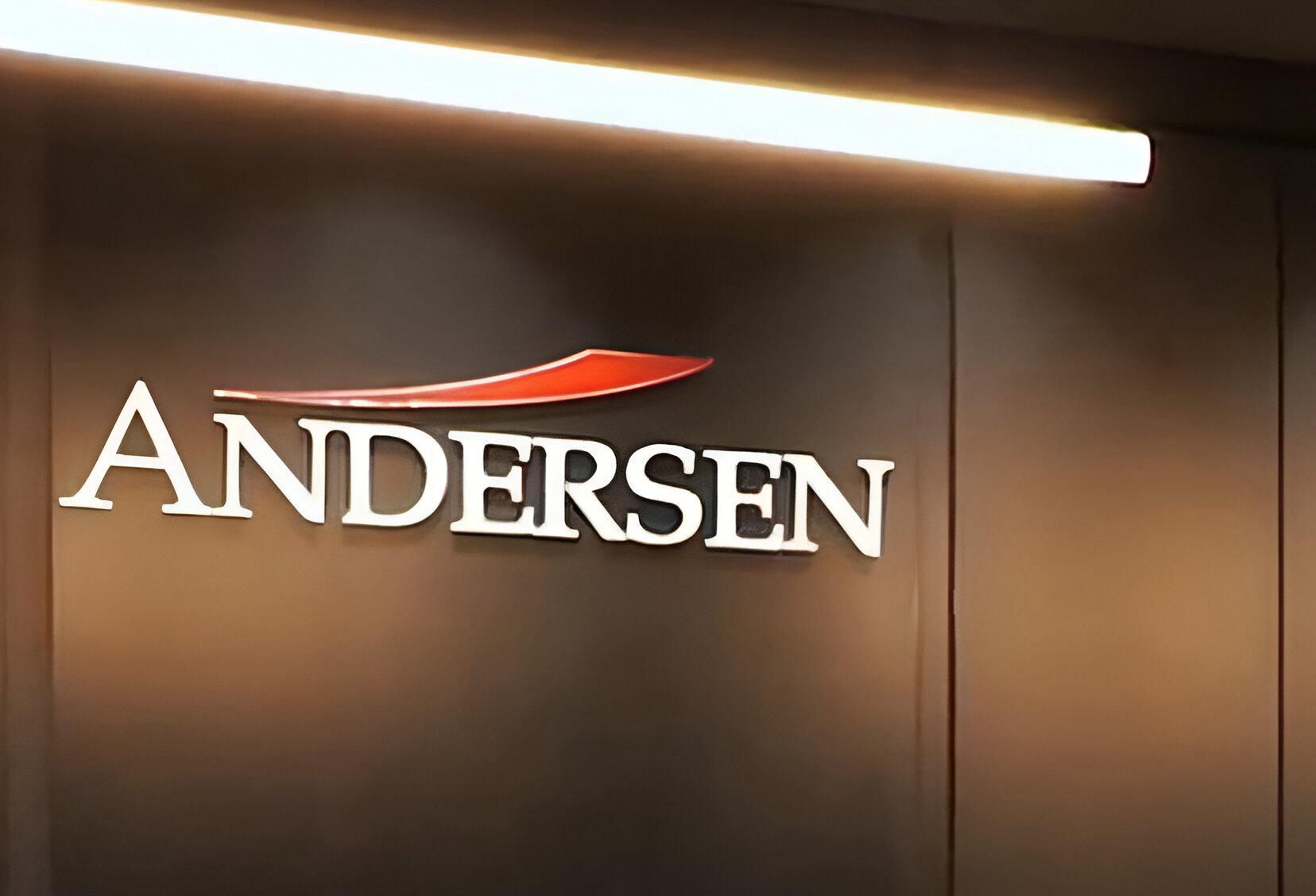Understanding the value of your business is a key component of the exit planning process because it defines the business that you will be exiting at some point. It is the beginning step in determining how to preserve and enhance the value until the planned or unplanned need to transition the ownership of the business.
Few topics are as poorly understood as business valuation. Despite common misperceptions, it is a complex topic that cannot be boiled down to simplistic formulas or rules of thumbs.
One often hears green industry business owners talk in terms of business valuation in terms of multiples of revenue or cash flow. In these scenarios, cash flows may mean several different things:
- EBITDA (earnings before interest, taxes, depreciation and amortization)
- Free cash flows (EBITDA less capital expenditures)
- Seller’s discretionary income (EBITDA plus the seller’s compensation and perks, which have been expensed through the business).
While it is absolutely true that offers for the purchase of a business, especially a recurring revenue business like lawn care and some lawn maintenance businesses, may be made in the form of a price per dollar of revenue, that offer is actually the result of the buyer’s analysis and evaluation of the cash flow they can expect to generate from the acquisition.
In evaluating the cash flow that a buyer expects to generate from an acquisition, there are many factors to consider, including:
- The size of the business
- Historical profitability
- Record of growth
- Extent and condition of vehicles and equipment
- Service pricing
- Customer retention patterns
- Type of customer (residential, commercial, governmental)
- Revenue mix (recurring vs. nonrecurring)
- Customer concentrations
- The strength of the management team and employees
- The importance of the owner/seller’s involvement in the business to its ongoing success
- The age of the business
- The geographic territory served
- The competitive environment.
These factors will affect how the buyer evaluates the business and the risk associated with the buyer’s ability to achieve the expected cash flows from the business. The greater the perceived risk, the higher the discount rate or risk factor that seller will use in evaluating the cash flows and the lower the multiple of cash flow it will be willing to pay.
Some illustrations of this concept are as follows:
- A landscape services company with an aging fleet may receive a lower multiple than one with a newer fleet because the buyer will factor into its assessment of cash flows the need to update the fleet.
- A landscape company with a greater percentage of construction revenue will usually command a lower multiple because its revenue will be largely nonrecurring.
- A lawn care company with pricing lower than the market and lower than that charged by the buyer will usually receive a lower multiple.
- A lawn care company with a small number of relatively high-dollar commercial accounts will usually command a lower multiple than a similarly sized company with a large number of small-dollar residential customers because of the risks associated with the concentration. Losing one or two large customers may undermine the value of the potential acquisition.
- A company that has higher margins because it pays below-market compensation and benefits will command a lower multiple than one that pays similarly to the potential buyer.
Some buyers will evaluate the business based solely on how it performs on a stand-alone basis, while others will evaluate it based on how it expects to integrate the acquired operations into its own.
These factors partially account for the wide range of business valuations. In the lawn and landscape industry, the majority of transactions have been somewhere in the range of two to five times cash flow. That is a pretty wide range and some transactions fall outside that range, particularly on the low end. It takes a very strong business to command a multiple at the high end of that range.
Ultimately, the market will value a business for sale. After all, fair market value is defined as “the price at which a property would change hands between a willing buyer and a willing seller when the former is not under any compulsion to buy, and the latter is not under any compulsion to sell, and both parties have reasonable knowledge of relevant facts.”
It is often desirable in the exit planning process, however, to obtain a business valuation or market assessment. The purpose of such a valuation is to estimate how the market will value the business when the time comes to sell. (There are other reasons to obtain a business valuation and the purpose of the valuation is important to communicate to the “valuator.”) Competent business valuations can be prepared by a variety of professionals, including business appraisers and some CPAs and business brokers.
The business valuation process should also help a business owner understand the value drivers of his or her business. In other words, what characteristics of his or her particular business tend to increase the value (or multiple) assigned to the business and what characteristics tend to decrease the value or multiple. Understanding those value drivers will enable the business owner to develop a plan to preserve and increase the value of the business over time.
———–
Thanks for reading CPA Practice Advisor!
Subscribe Already registered? Log In
Need more information? Read the FAQs





